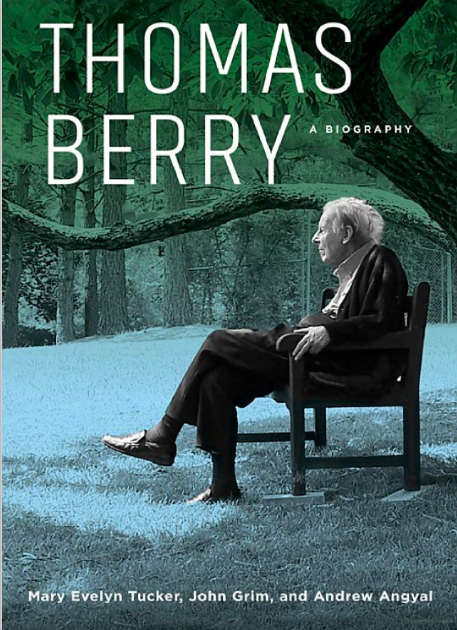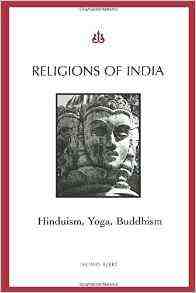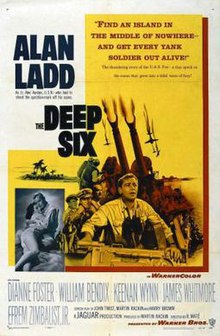SOME FINAL ADVICE
Who can make a good clerk?
From Quaker Faith and Practice (BYM, 5th edition)
‘The clerk needs to have a spiritual capacity for discernment and sensitivity to the meeting.’ (para 3.12)
This looks frightening but in practice clerks find they do have this spiritual capacity – it seems to be given them once they embark on the role. Sensitivity to the meeting takes practice but can be learnt. A meeting that is sensitive to its clerk will also teach the clerk how to develop loving awareness in the moment.
‘The meeting has given you [the clerk] a measure of authority which includes an expectation and an acceptance of leadership and firm guidance’. (para 3.13)
This is the authority given to you temporarily. Good clerks learn to accept that leadership role as far as the process is concerned – and to relinquish it when the period of service comes to an end. This too takes spiritual grace and acceptance!
Why are minutes important in Quaker practice?
The practice of making minutes at the time in the meeting has taken place since the earliest period of Quaker history, back in the late seventeenth century. The meeting makes a decision and, in effect, asks the clerk to record that agreement, along with actions that must follow. The meeting has control of both the content of that decision and the wording that expresses the decision and sometimes the flavour of the discussion preceding it. Once those have been established by a ‘sense of the meeting’ understanding, the minute carries the authority of the meeting. All those present now own that decision and the wording recording it. There can be no subsequent changes. In a sense, it carries legal status in Quaker terms (and sometimes in civic legal terms as well, for example the minute that concludes a Quaker marriage). The language is couched in the present tense (‘we agree…, we will …, we ask …) as the minute records in real time the outcome of the matter in hand. These are not notes written up by a note-taker attending a meeting and which may be subject to revision and change by others to ‘improve’ or ‘correct’ the record of what had taken place. For many Quakers the authority residing in that minute comes from God, hence its central importance in Quaker decision-making.
Quaker discipline
What do we mean by Quaker discipline in a business meeting?
A personal reflection by Judith Roads
Corporate discipline is the discipline of the group.
‘Members of the community must know the Spirit, they must know each other and they must know the methods by which the decisions are made and the work is carried out’.Robert Halliday: Mind the Oneness p.38
I understand the discipline as being a constraint on my own understanding and opinions. To the best of my ability I should leave my ego outside the meeting room door and move into a deeper concentration and dependency on listening to others in the meeting and to God. Some Friends talk about the ‘will of God’, others more about seeking the ‘mind of God’. This is hard discipline and goes against all we have been brought up to do in social situations. We learn to accept the silence in meeting for worship, in not debating or contradicting a previous spoken contribution. We go further in business meetings when we are corporately seeking what is required of us. This Quaker discipline asks that we don’t repeat a point someone else has made. If it has been said, and really heard, that should be sufficient. The phrase ‘that Friend speaks my mind’ is a tempting one but tends to move the meeting by persuasion, potentially silencing someone who was feeling led to respond differently to a proposal.
Part of the discipline is to address the clerk, not across the room to another Friend. Remembering this constraint prevents a kind of ding-dong two-way discussion, and if allowed to continue sometimes does not end well! Another aspect of good discipline is allow the clerk to work on a minute, or discuss quietly at the table, and not to stand waiting to be called or whisper to a neighbour. When you the clerk are busy, you should be upheld in supportive silence for as long as is needed, without pressure to start performing. Experienced Friends might, at some moments where the discipline lapses, call out ‘please uphold the clerk’ or ‘please remember our discipline while the clerk is occupied’.
The final aspect I want to mention now is the moment of agreeing a minute. The final decision about whether the minute represents the sense of the meeting is the responsibility of the meeting itself, not of the clerk. If you the clerk have offered a minute, and after possible revision it has been accepted (among British Friends by a quiet chorus of ‘I hope so’), someone may stand and say they cannot accept the minute. This tests corporate discipline deeply. There is a difference between Quaker unity and unanimity and it is often misunderstood. We don’t vote because that immediately creates majorities and minorities, but we do seek a clear sense of the meeting. You the clerk will be best placed to sense that, and it takes real courage and experience to say that if the meeting has expressed division. In Britain Quakers don’t allow anyone to stand aside from the minute. (In other yearly meetings such standing aside does occur and is recorded as such in the minute). If the meeting is clear that unity has been reached, those who were not happy are expected to accept the outcome while not agreeing with it. If the clerks have misread the sense of the meeting and the meeting expresses that unease, good clerks will not continue to push for the stated outcome but ask the meeting what should happen next. Clerks might want to offer options as to what might happen next as it’s hard for some meetings to respond corporately to open-ended questions. A well-disciplined meeting that knows and loves all its members will not find these constraints too hard. It is a glorious feature of our spiritual practice.






























